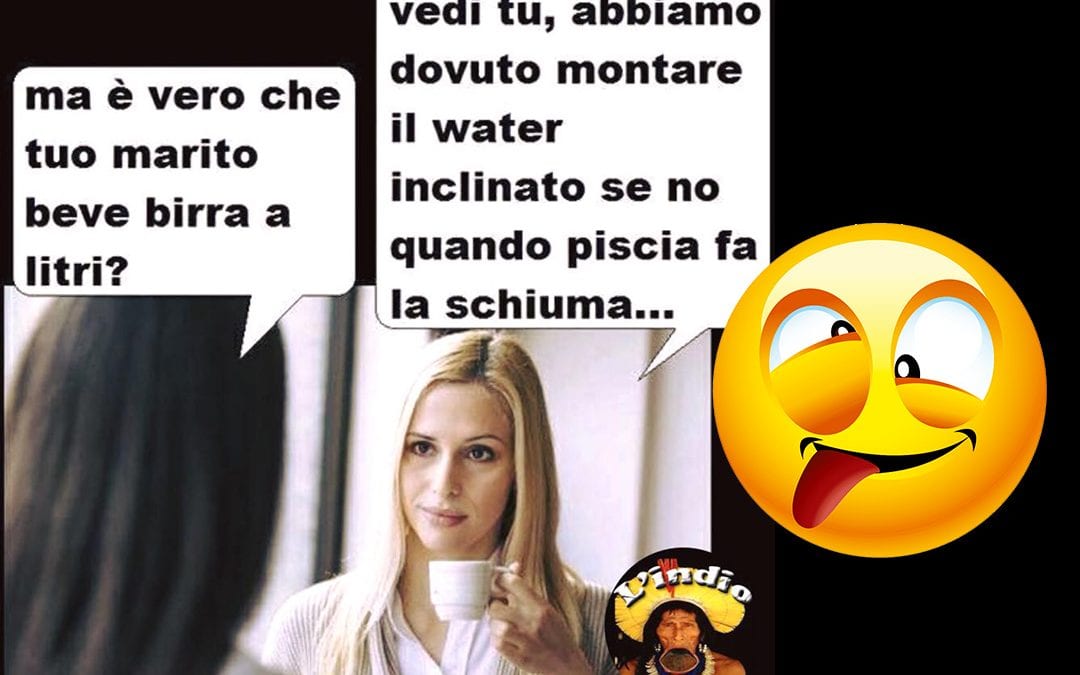As I anticipated yesterday, this penultimate week of October is officially my beer festivalwith 7 articles dedicated to the production of this drink that weaves a rather short thread between 'simple consumers' and 'connoisseurs'. However, I believe that becoming more aware of how beer is brewed can help anyone choose it, whether in a wine shop, wine bar or supermarket! That is why, although I have written an article that is meant to be a didactic summary, I advise you to read it not only if you want to know how to brew at home or if you are studying for pass the AIS examination. By the way, have you already read my article on beer ingredients?
How to brew beer? [Recipe summary].
Malt
1) Clean the barley grains carefully and then soak them in water at about 12°C for 48 hours.
2) Place the swollen grains in a bin with water - the humidity should go from 14% to 45% - and leave them 6 days to germinate. | You have obtained green malt.
3) Depending on the style of beer you want to brew, you have to dry or roast the green malt.
The colour of the beer tells us the degree of malt roast used. The colour of the malt also tells us the taste and persistence of the foam. The darker the malt, the rounder the taste and the more persistent the foam. You must then roast the malt until the desired colour is obtained.
Must
4) Take the roasted or dried malt to the brewing room. Here there are huge stainless steel or copper boilers equipped with a stirrer and heated by a double boiler in which a large amount of steam circulates. You mix the malt with water and keep the mixture for 2/3 hours at a temperature between 35°C and 75°C depending on the brewing style. | Mashing phase.
- Mashing by infusion = No part of the mixture is boiled.
- Mashing by decoction = Only part of the mixture is boiled.
- Mashing boiling = The entire mixture is boiled.
Regardless of the type of mashing chosen, the final temperature of the mixture must never exceed 75/78°C and this temperature must be maintained throughout the filtration phase.
5) When all the starch is transformed into maltose, transfer the mixture to the filtration vat, which is also double-bottomed. Here you separate the insoluble parts - peel - of the wort.
6) Put the wort into the brewing kettle and add the hops, then start boiling the mixture for at least one hour.
7) Filter the wort to remove hop flower residues.
8) Clarify the must to remove tanno-protein residues.
9) Cool the must to start alcoholic fermentation.
Fermentation
10) Now that the wort has reached an enjoyable temperature for the yeast - specifically 10°C for bottom-fermenting beers and 20°C for top-fermenting beers - primary fermentation starts and lasts a week.
11) When all the sugar has turned into alcohol and carbon dioxide, close the tank to trigger the second fermentation, which aims to incorporate the carbon dioxide into the beer. | Maturation phase.
12) You lower the temperature to 0°C to allow the yeasts to settle and the beer to take on a more delicate flavour. The beer remains in these conditions at 0.5 bar for between 4 and 6 weeks.
How to brew beer? [Summary] 2 optional steps that are best avoided if you want quality beer...
Filtration
Typical of industrial beers, the beer is filtered through kieselguhr filters or through layers of cellulose. The objective of this step is to remove yeast particles so that this stops releasing substances and alters the taste over time. An unfiltered beer is a 'live' beer which can therefore change and has no consistency of taste and long shelf life. It is also more sensitive to temperature in the event of less than optimal storage.
Pasteurisation
How to kill beer and all that good stuff... basically it is to kill the last yeast particles that you may have 'forgotten' during filtration. The beer will not be cloudy and will be much more stable. To pasteurise it you have to:
- Or place the bottle or can of beer under a shower of hot water at 60°C for 15 minutes.
- Or heat bulk beer to 70°C for a few seconds.
At this point, hoping that you have not filtered or even pasteurised your beer, you can package it. The most important thing is to wash the container very carefully. You must also avoid contact with air because - as with wine - oxygen oxidises beer and accelerates its ageing and gas losses.
On the label, you must write the alcoholic strength, the producer company, the location of the factory, the content in centilitres and the minimum term of preservation (MCT).
I sincerely hope you found this article useful and enjoyed it, if you have any questions please leave me a comment by scrolling down the page. I recommend you buy my book How to become a Sommelier to explore this part as well.
My 'beer festival' or rather 'beer week' continues tomorrow with a new article dedicated to this ancient and delicious drink!😉🍺
Cheers 🍻
Chiara


